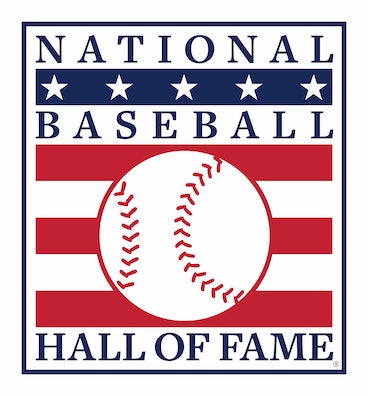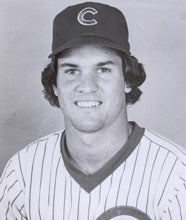- Home
- Our Stories
- Sandberg remembered for excellence with bat, glove
Sandberg remembered for excellence with bat, glove
The Chicago Cubs had not tasted postseason baseball for 36 seasons when new general manager Dallas Green insisted on a minor leaguer to be included in a Jan. 27, 1982, deal that swapped shortstops Larry Bowa and Iván de Jesús.
A little more than three years later, that minor leaguer – Ryne Sandberg – led the Cubs to the National League East title that revitalized a franchise and a fanbase.
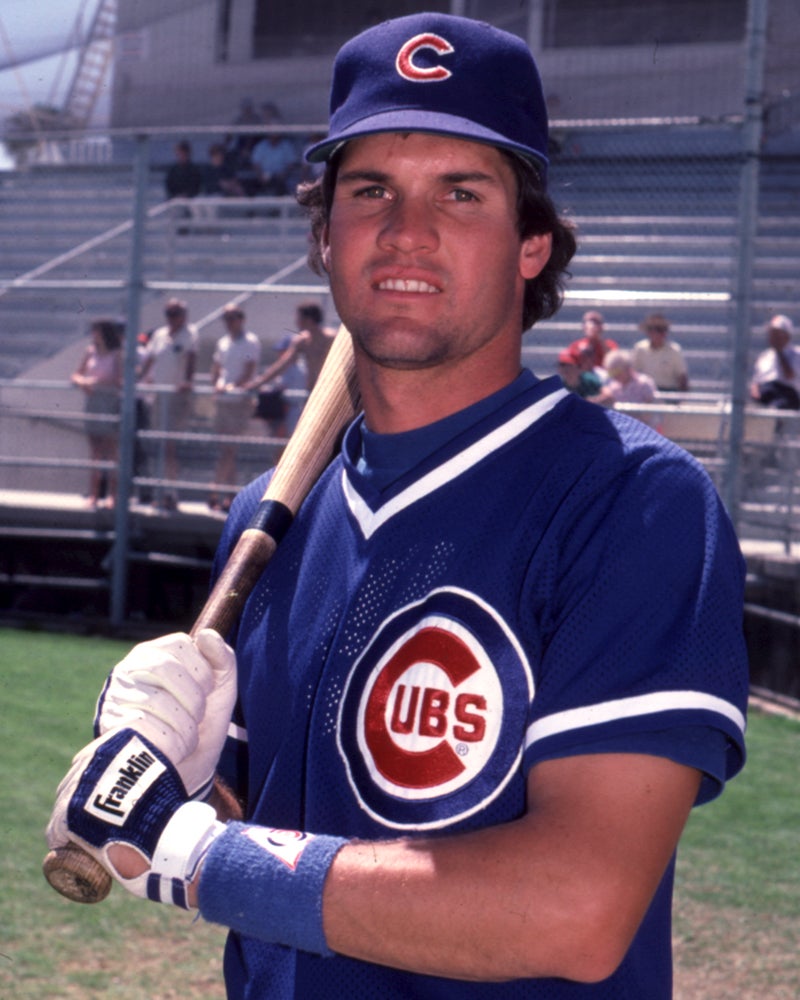
Sandberg, 65, passed away July 28, 2025. A member of the Hall of Fame Class of 2005, Sandberg was widely regarded as one of the best all-around second basemen ever to play the game – amassing nine Gold Glove Awards and retiring with the most home runs of any player at the position.
“Ryne Sandberg had a relentless work ethic and an unshakable positive outlook. With it, he inspired all those who knew him,” said Jane Forbes Clark, Chairman of the National Baseball Hall of Fame and Museum. “He always emphasized his respect for the way the game should be played, for his teammates and for the Hall of Fame, especially during his 2005 Induction speech. We send our deepest sympathies to his wife, Margaret, and his family, as we remember and celebrate his life.”
Born Sept. 18, 1959, in Spokane, Wash., and named after Yankees reliever Ryne Duren, Sandberg was a multi-talented prep star who considered a football career before signing with the Phillies after the team selected him in the 20th round of the 1978 MLB Draft. He debuted in the big leagues with Philadelphia at the tail end of the 1981 season but was seen as a luxury in a minor league system that also included Juan Samuel and Julio Franco.
Cubs general manager Dallas Green, who had spent years with the team in the minors and as the team’s manager in their 1980 championship season, knew Sandberg could help the Cubs.
“I remember being in Double- and Triple-A when my goal was to be a utility infielder with the Philadelphia Phillies,” Sandberg told Gannett News Service. “I just think back and feel so lucky to be in the right place at the right time.”
Earning the team’s third base job in 1982, Sandberg hit .271 with 103 runs scored and 32 steals while finishing sixth in the National League Rookie of the Year balloting. He moved to second base in 1983, when he won the first of nine straight Gold Glove Awards while leading the league in fielding percentage for the first of four seasons.
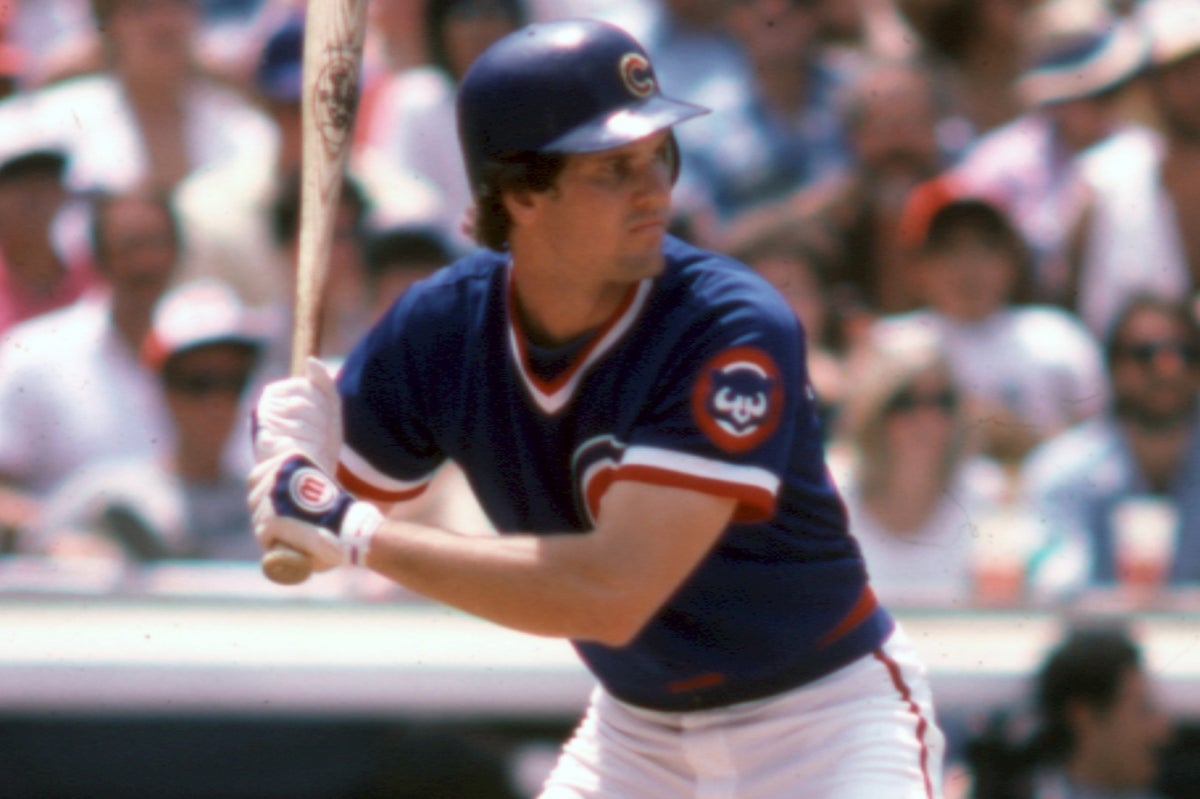
It was in 1984, however, that Sandberg carved his name into Chicago history by winning the NL Most Valuable Player Award. He hit .314 that year with 200 hits, 36 doubles, 19 home runs, 84 RBI and 32 steals while leading the NL in runs scored (114) and triples (19). His two game-tying home runs against future Hall of Famer Bruce Sutter of the Cardinals on June 23 gave Cubs fans the feeling that it was to be a season of destiny – and that game became known as “The Sandberg Game.”
Sandberg had entered the 1984 season with just 15 big league homers.
“A change in philosophy – advice from my manager, Jim Frey,” Sandberg told Gannett News Service in 2005 about the genesis of his newfound power. “He told me to start driving the ball in certain situations, to look for certain counts like 2-0 and 3-1. Then if you swing and miss, it’s just a strike.
“So it’s (opening week) in San Francisco and I hit a home run (in the second game of the season). From there, everything kind of fell into place.”
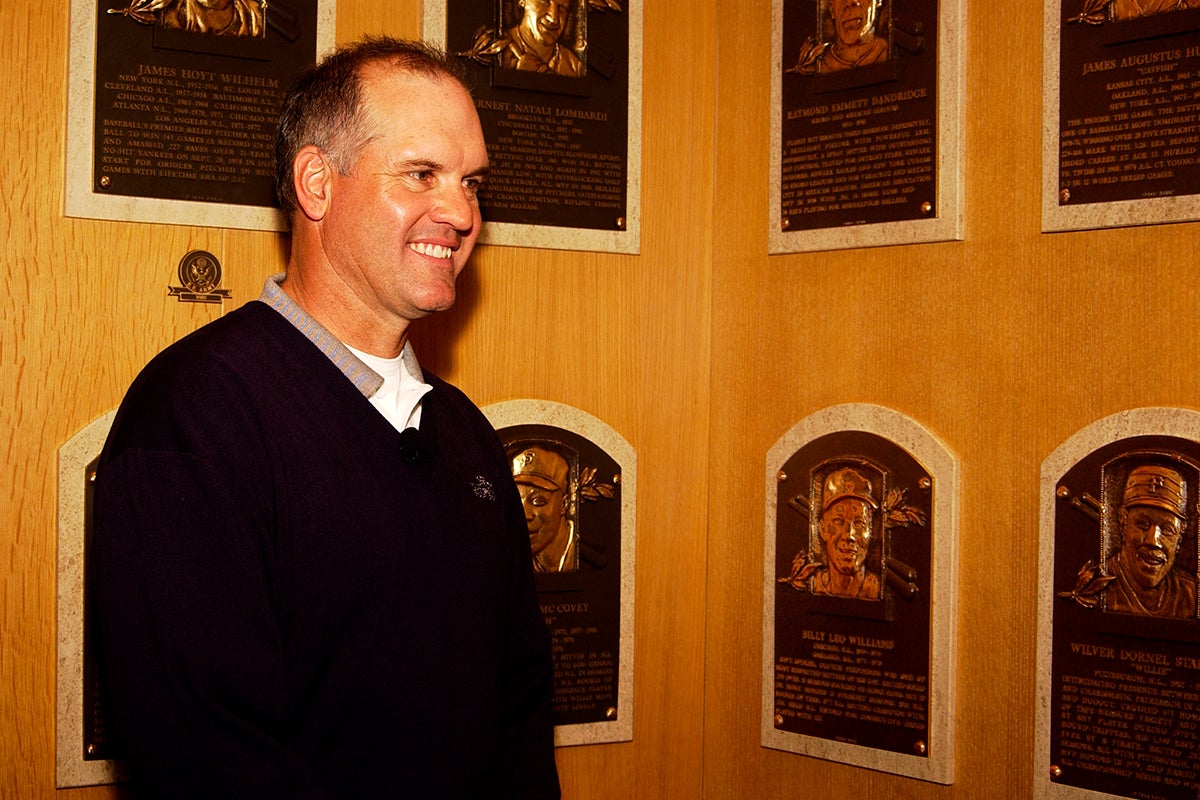
Throughout the rest of the 1980s and early 1990s, Sandberg was one of the most consistently excellent players in the game. An All-Star every season from 1984-93, Sandberg won seven Silver Slugger Awards in that stretch and found his power stroke – hitting 40 home runs in 1990 to become the first NL second baseman since Rogers Hornsby in 1925 to lead the league in long balls. He had hit 30 home runs in 1989, and coupled with his prodigious 1990 campaign became the first second baseman in big league annals to tally back-to-back seasons of at least 30 home runs.
In a deep slump to start the 1994 season, Sandberg retired that June but returned in 1996 for two seasons. He finished his playing career with a .285 batting average, 344 stolen bases, 282 home runs (277 of which came as a second baseman, a record when he retired) and 2,386 hits. He was elected to the Hall of Fame in 2005 then returned to on-field duties in 2007, serving as manager of the Cubs Class A affiliate in Peoria, Ill.
Sandberg worked his way through the minors, moving to the Phillies’ organization in 2011, taking over as the big league club’s third base coach in 2013 and then as the team’s manager that summer. He managed the Phillies until midway through the 2015 campaign.
